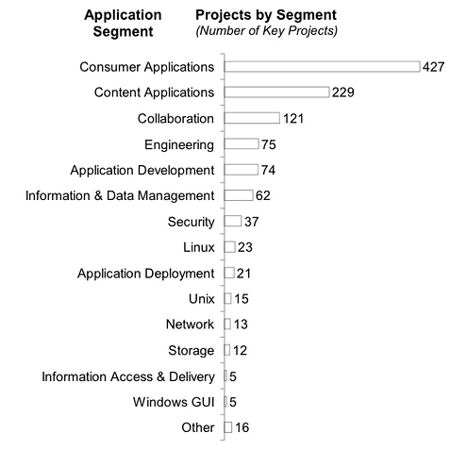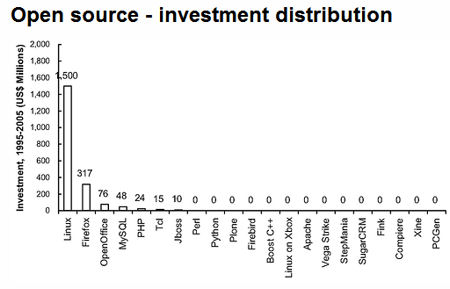via seth godin
If you are one of my regular reader, you know how far I like Seth Godin, his inputs and thoughts. But this time, it is even much more accurate to what I am experiencing with the ecenter team since some days. Have a look at this “sheepwalking” post, one of my preferred post ever!
It’s ironic but not surprising that in our age of increased reliance on new ideas, rapid change and innovation, sheepwalking is actually on the rise. […]
Training a student to be sheepish is a lot easier than the alternative. Teaching to the test, ensuring compliant behavior and using fear as a motivator are the easiest and fastest ways to get a kid through school. So why does it surprise us that we graduate so many sheep?
And graduate school? Since the stakes are higher (opportunity cost, tuition and the job market), students fall back on what they’ve been taught. To be sheep. Well-educated, of course, but compliant nonetheless.
And many organizations go out of their way to hire people that color inside the lines, that demonstrate consistency and compliance. And then they give these people jobs where they are managed via fear. Which leads to sheepwalking. (“I might get fired!”) […]
When you hire amazing people and give them freedom, they do amazing stuff.
And the sheepwalkers and their bosses just watch and shake their heads, certain that this is just an exception, and that it is way too risky for their industry or their customer base. […]
The biggest step, though, comes from anyone who teaches or hires. And that’s to embrace non-sheep behavior, to reward it and cherish it. As we’ve seen just about everywhere there’s been growth lately, that’s where the good stuff happens.
Impossible to tell how *far* and how *deep* I totally agree with Seth :-) Time to show that we are *not* sheepwalkers.












